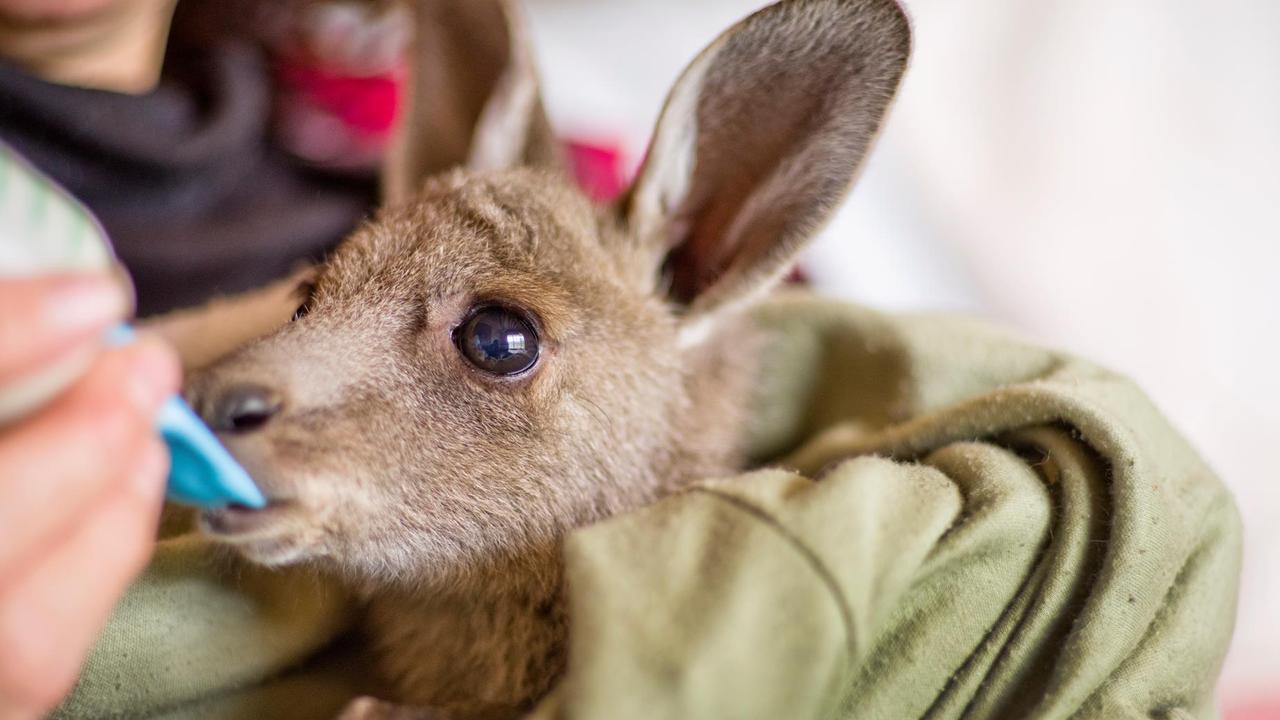How our deadly flu season hit hospitals and families
THE death toll from Victoria’s flu season is expected to climb to more than 200, with an up to fourfold increase in the number of confirmed cases.
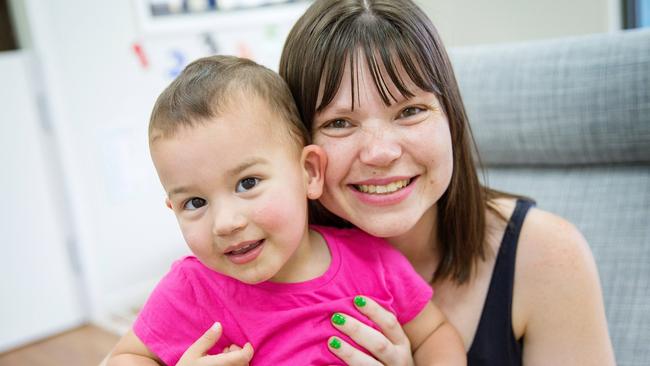
VIC News
Don't miss out on the headlines from VIC News. Followed categories will be added to My News.
THE death toll from Victoria’s flu season is expected to climb to more than 200, with an up to fourfold increase in the number of confirmed cases.
EIGHTH VICTIM DIES FROM WANGARATTA NURSING HOME FLU
TRIBUTES FLOW FOR EIGHT-YEAR-OLD VICTIM OF FLU OUTBREAK
VICTORIAN MUM WAKES FROM COMA AFTER FLU SCARE
Final data on the horror season is nearing completion, but the Sunday Herald Sun can reveal there were about 40,000 confirmed flu cases and an 80 per cent increase in the number of reported outbreaks.
Previous flu seasons, from about June to October, have had less than 100 reported deaths.
An investigation into the crisis found:
THE Royal Children’s Hospital had almost the same number of flu admissions in the month of September (140) as the entire previous year (150).
THE very young, including a six-week-old baby, and very old were hardest hit.
HOSPITALS were pushed to “full capacity” dealing with the influx of patients.
THE sickest surviving patients spent more than a month in hospital.
EXPERTS widely accept the vaccine did not work as well as previous years.
THE peak of the season lasted eight weeks instead of the usual three or four.

Though a few cases were still being confirmed each week, Victoria’s Chief Health Officer Charles Guest said the record flu season was finally over.
“It’s definitely greater, and it might be three or four times greater — it’s a big season,” Prof Guest said.
“This was a very unusual flu season, more cases and probably more severe cases that we have seen for probably seven or eight years. We expect that the count of deaths will come in at over 200.”
The 2015 and 2016 Australian flu seasons were regarded as being “big” seasons, with about 2000 serious cases admitted to hospitals in Australia’s major cities.
This year those same hospitals had more than 4000 admissions, including 8-10 per cent so sick they required the highest level of treatment in intensive care.

Infectious disease specialist Allen Cheng, of The Alfred hospital and Monash University, said the sheer size of the flu season was similar to the swine flu pandemic of 2009.
The dominant strain this year was H3, a type of influenza A that hits the very young and very old the hardest.
“This was exasperated by a mismatch in the 2017 flu vaccine that reduced its protection and saw flu outbreaks sweep through about 300 Victorian nursing homes.
“Last year was a pretty big year, but this year has blown them all away,” Prof Cheng said.
“When the season started, I thought, ‘We are going to get an early season, it’s just going to peak early then peter out early’ ... but it just kept going up and up.”
It was a similar story at the other end of the age spectrum, with the Royal Children’s Hospital treating 389 flu patients by the end of October — compared with just 155 in 2016.
RCH head of immunisation Nigel Crawford said 5 per cent of those admitted were so sick they ended up in intensive care.
Because babies cannot be immunised before six months, they are at particular risk. But while children under four bear the brunt of typical flu seasons, Dr Crawford said this year’s peak was unexpectedly in those aged five to nine.
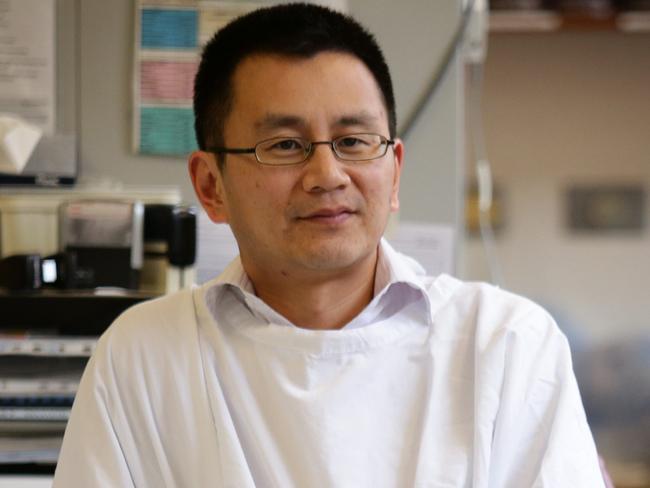
“The numbers were the really impressive thing in terms of the spread and the burden that we’ve seen at RCH,” Dr Crawford said.
“Around 50 per cent have an underlying past medical condition and the other 50 are healthy, so it is not just those fighting other conditions.”
Despite reservations about the coverage offered by the 2017 flu shots, Dr Crawford said vaccine remained the best defence against influenza.
The Alfred’s intensive care unit operated at or above its maximum 45-bed capacity throughout the prolonged flu season. Alfred Health intensive care unit director Steve McGlouglin said the hospital was now looking at the data in detail to draw lessons for next year. “I think that it is going to get harder, not easier,” he said.
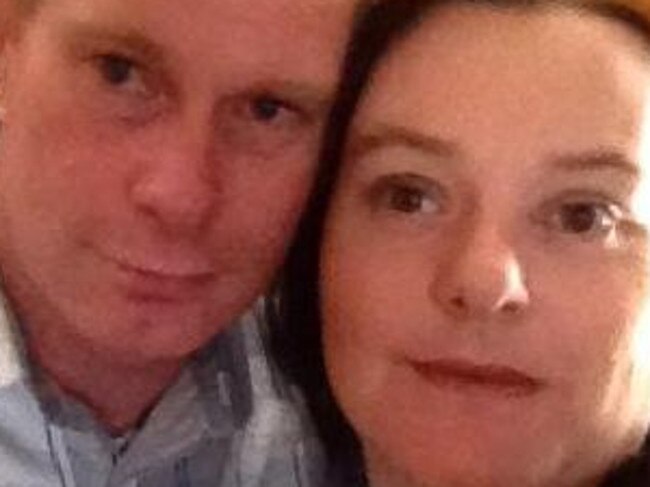
PARENTS REVEAL THEIR FEARS AS YOUNGSTERS STRICKEN BY BUG
BIANCA Vella and her parents will never take influenza lightly, after narrowly escaping the horrors of the flu season twice.
As the season kicked off in mid-June, the Truganina two-year-old developed a rash and was a little off-colour, but seemed otherwise OK.
In a matter of hours her condition deteriorated and her father called an ambulance. But by the time she arrived at Sunshine Hospital, Bianca had recovered and was sent home.
The following morning Bianca suddenly became very unwell — becoming stiff, blankly staring into the distance and then shaking as her mother Danielle drove her back to hospital.
“It was the scariest car trip ever. She started convulsing all the way from our house to Sunshine, and it was peak hour,” Ms Vella said.
Overnight tests revealed Bianca had influenza B, before she suffered a massive 45-minute convulsion requiring medical staff to call a code blue emergency to save her.
“It was terrifying,” Ms Vella said. “I’d only found out that morning she had the flu and then it became that. I thought she just had a little rash.
“I have seen things about kids that have died and just thought ‘Oh my God, that could have been us’.
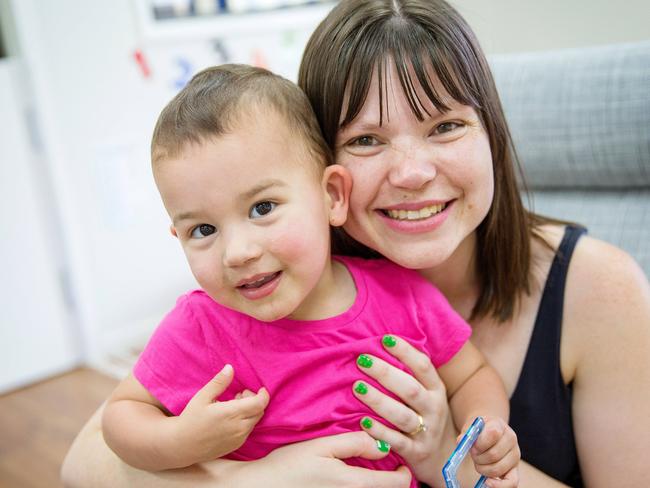
“This is so scary and we have been so lucky she is resilient.”
Bianca was transferred to the Royal Children’s Hospital for specialist care, and admitted straight into the intensive care unit.
CT and MRI scans, a lumbar puncture and other tests all searched for another explanation such as meningococcal, but all confirmed Bianca was struck down by the flu.
After three days Bianca rallied and was out of the woods.
Twelve weeks later, as the flu season was in its final throes, Bianca became unwell again
and suffered another four convulsions.
Taken to the RCH, Bianca had another convulsion as tests revealed she again had the flu — this time influenza A.
Admitted to hospital and given antibiotics, Bianca again recovered, but her family will all be getting flu shots from now on.
“I had the flu shot only because they give it to me at work, but it never occurred to me to give it to her,” Ms Vella said.
“We will all be getting a flu shot. Anyone who wants to come anywhere near my house will have to line up for a flu shot.”
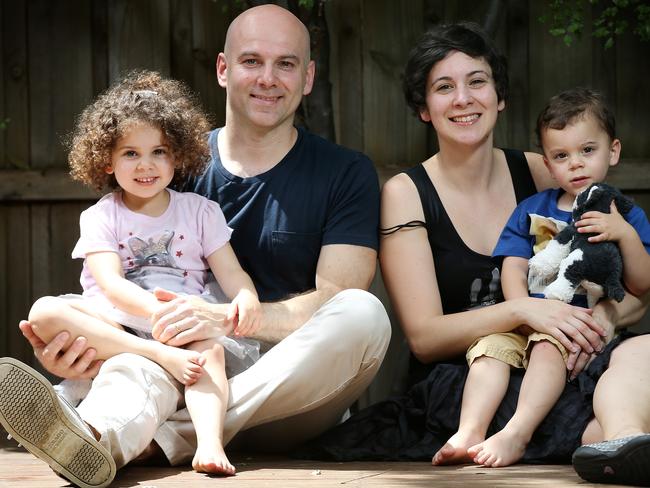
Busy parents Elena Cantelli and Michele Pavin were also worried when their two-year-old son Eduardo’s temperature went through the roof and he became irritable.
“I know kids are always crying, but not like this, I knew it wasn’t normal,’’ Ms Cantelli said.
By the time the health of their daughter Arianna, 3, started to worsen, too, the couple weren’t prepared to take any more risks and took them both to the Royal Children’s.
“I had read a lot about how the flu had become more dangerous, so it was definitely in the back of my mind,’’ she said.
While hospital staff said her children would not require admission, the pair endured symptoms for another two days. “My husband and I then both got sick, then even my own parents became ill. My mother ended up with pneumonia,’’ Ms Cantelli said.
The parents said they did not get the flu jab last season, but said it was definitely something they would consider next year.


